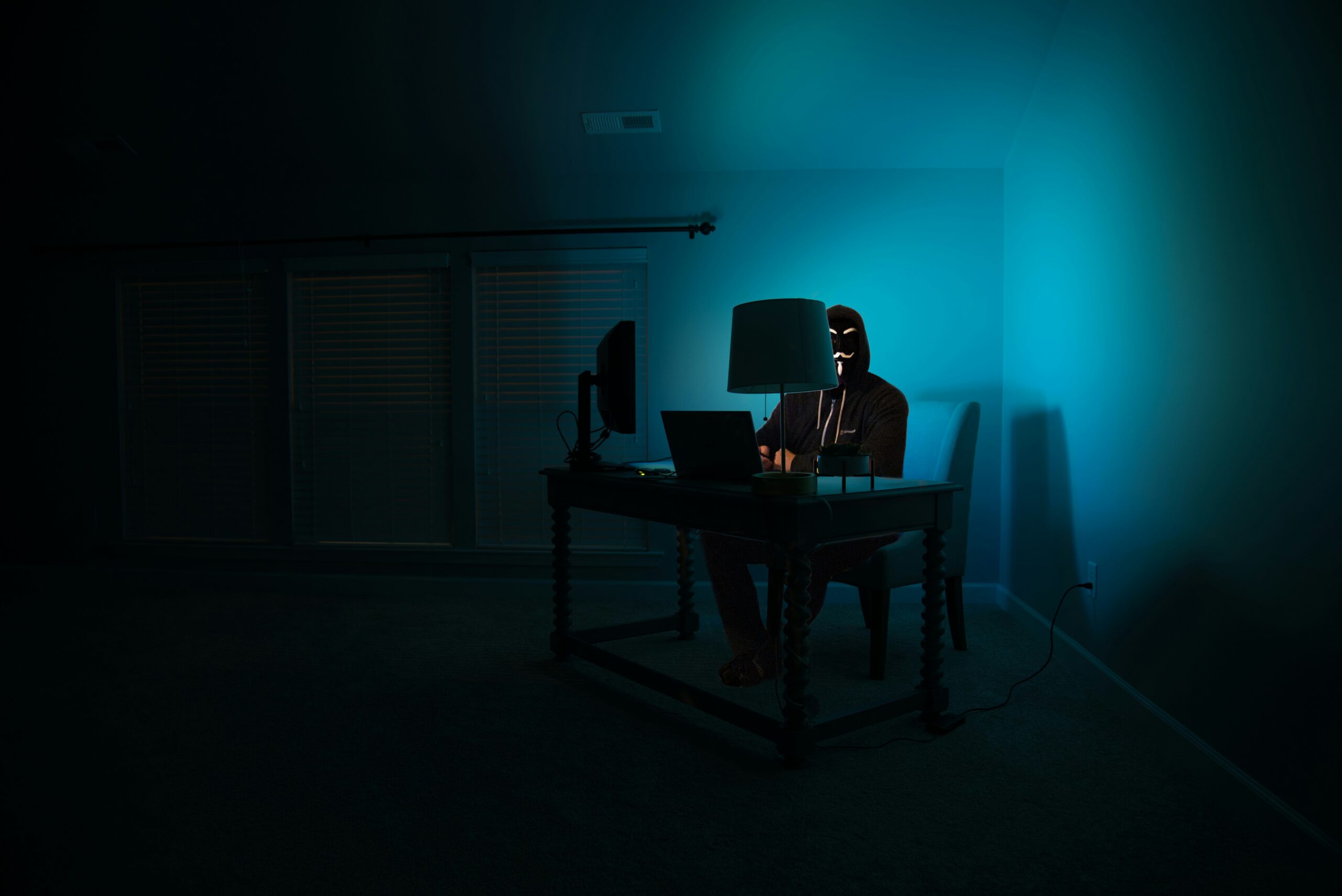True crime reporting has long captivated audiences. By reporting details of an actual crime in a sensationalized way, the genre is often described as “infotainment” – the blending of information and entertainment. The modern genre was likely inaugurated by Truman Capote’s In Cold Blood, and gripping accounts of murders and serial killers continue to populate bookshelves. True crime also spills over to primetime television in shows like the Nancy Grace show, with reporting on the Casey Anthony and Amanda Knox cases. But in addition to journalistic and sensational impact, true crime reporting also overlaps with legal investigation of crimes in complicated ways.
Recently, a new form of crime reporting has hit the Internet. In a podcast called Serial, reporter Sarah Koenig follows the story of one murder in Baltimore in 1999. The details of the crime are salacious – a popular high school senior was found dead in a public park. Her ex-boyfriend – a high school football player who was voted “prince” of his junior prom – was convicted of her murder and sentenced to life in jail. The show is released in installments; each week unfolds additional details of the crime, the trial, and the developments since the case. In her own words, Koenig “realized… that the trial covered up a far more complicated story, which neither the jury nor the public got to hear.” The weekly podcast “looks for answers.” The hour-long installments are enthralling; they reveal mistakes in police investigations, inconsistencies in witness statements, flaws in the trial and exciting plot twists that suggest that the ex-boyfriend was wrongfully convicted.
In an interview with Koenig, media commentator Mike Pesca said that while listening to the show, he often wants to tell Koenig: “Don’t let this wind up being a contemplation on the nature of truth.” Pesca suggests that the show would be unsatisfying if crucial questions remained unanswered.
As a law student and an avid listener, I had assumed the show would only conclude with a meditation on truth. The imprisoned ex-boyfriend has exhausted his appeals and all available relief. Without police cooperation, how could a reporter 15 years later discover anything new that would change the case?
Perhaps anticipating this issue, the producers of the show consulted with attorneys at the Innocence Project Clinic at UVA, which they reveal to the audience in Episode 7. The Innocence Project organizations at different school seek to exonerate wrongly convicted individuals. Attorneys at the Innocence Project alerted the reporters to a similar case involving a homicide among high school students. In that case, prosecutorial misconduct led to a wrongful conviction and nearly a death sentence, until the sentence was overturned. The attorneys at the Innocence Project led by Deirdre Enright agreed to investigate the case and explore legal remedies.
But the meeting between the Serial reporters and attorneys at the Innocence Project sparked another question: Was it appropriate at all for the producers of Serial to broadcast the details of this case while the legal resolution is still very unclear? Is it exploitative to air this story for the purposes of entertainment?
Although Koenig has not commented on whether she views Serial as investigative work or entertainment, other radio hosts have. Ira Glass, producer and host of This American Life, and editorial advisor of Serial, reflected on this issue when speaking about his own podcast. Glass was asked, “What is the purpose of the show – is it to effect a change or is it entertainment?” He answered that it is primarily entertainment, though it probably falls within the confines of other journalism. There are hints that Serial is primarily entertainment too. When interviewed, Koenig talks about her role in terms of “storytelling,” where her choices are about what to reveal, more than about outcomes.
Documentary filmmaker John Safran was interviewed on the ethics of true crime in connection with his recent book Murder in Mississippi. In the book, Safran communicates with a convicted murderer to obtain information about the crime. When the criminal asks to be paid for the information, Safran discusses American “Son of Sam” laws, which are “designed to stop criminals selling their stories to publishers.” In the end, he pays his informant using prepaid Walmart cards, but acknowledges that there are moral and legal repercussions of this practice. In fact, one true crime author was sued for breach of contract by a prisoner, who argued that he should have been portrayed as innocent based on his agreement with the author.
Other consequences of investigating-um-entertainment have been more problematic. Back in 2009, an Innocence Project at Northwestern University Medill School of Journalism got itself in hot water by mixing law and reporting. Unlike other Innocence Projects, where law students try to overturn wrongful convictions, this group was comprised of journalism students. When lawyers at Northwestern University’s Law School – independent of the Medill School Project – filed a petition to release a wrongly convicted prisoner, the State’s Attorney subpoenaed records from the journalism school’s investigation. Journalists around the country argued that “shield laws,” which protect reporters from divulging sources and confidential information, should apply to students in a journalism class.
These arguments fell flat when it was revealed that the head of the journalism program, David Protess “withheld information from the university and its lawyers about what he shared with [the convicted criminal’s] lawyers.” The judge ultimately sided with prosecutors, finding that the students in this case were not acting as journalists, but as private investigators and were therefore obligated to turn over their findings as part of discovery in the case.
Commentators have regarded this as a lesson on why journalism and criminal investigation should not mix. Director of an Innocence Project at Wisconsin University, Keith Findley noted: “Journalism projects are different because they don’t represent clients and are not subject to the same legal and ethical guideposts as lawyers.” Others were more critical of Protess and the controversy at Northwestern. Writing for a blog affiliated with the conservative Manhattan Institute for Policy Research, Charlotte Allen wrote:
[U]niversity journalism programs have no business operating “innocence projects.” Innocence projects build on the ideological assumption that large numbers of innocent people languish in prisons because of the bad faith of prosecutors and police who have railroaded their convictions. Certainly mistakes can be made in the criminal-justice system…. But securing the freeing of prisoners is essentially legal advocacy, not journalism, which is why nearly all innocence projects in other states are affiliated with law schools, state bar organizations, or public defender services.
As a result of the legal issues and controversy, Protess took a leave of absence and continued his teaching off-campus. The Medill Innocence Project was renamed the Medill Justice Project, and split from the national Innocence Project umbrella.
Although true crime reporters occupy a tenuous space in the legal world, many operate with noble ambitions. Former Seattle police officer and prominent crime reporter, Ann Rule refused to include salacious details about cases for fear of interfering with the prosecution or defense’s case. One code of ethics for journalists includes “It must be fair” as a tenet of crime reporting. They explain: “If evidence has been given by both prosecution and defense, the report must contain both sides. It is not necessary to report every word that was said, but the overall balance of the court case must be retained in the report.” In Serial, Koenig strives to achieve this balance. She presents both sides of the story – devoting full episodes to the prosecution or the defense case. Still, the entertainment value confuses her ability to present balanced reporting. Endearing anecdotes and testimonials on the moral character of various suspects would be excluded from evidence. Ending the show on cliffhangers gets the audience to want more, but brings the case no closer to legal resolution.
Journalists recognize their limited power. Ira Glass explained his own realization: “I think I got into journalism, like most young people, thinking, ‘I’m going to make the world a better place by exposing wrongdoing.’ But honestly, most wrongdoing that you expose, nothing happens.” He addressed several instances when a radio show did lead to actual change as meaningful outliers for the norm. Perhaps Koenig’s collaboration with the Innocence Project will have the type of luck that Glass did with those projects rather than the problematic results of journalism efforts at Northwestern.
Ann Rule offers another possible explanation for why journalists should continue to report on crime: “When I started, I thought maybe I could help cut down on crime. Of course I soon realized that it’s rampant and no one person or one agency can stop it. But we can educate, and we can diminish the egos of the dangerous people….”
Melissa Rutman is a second-year law student at the Benjamin N. Cardozo School of Law and a Staff Editor of the Cardozo Arts & Entertainment Law Journal.




RT @CardozoAELJ: Intersection of Art and Criminal Law: The Ethics of True Crime #Serial http://t.co/8ugPTdZ4Cf